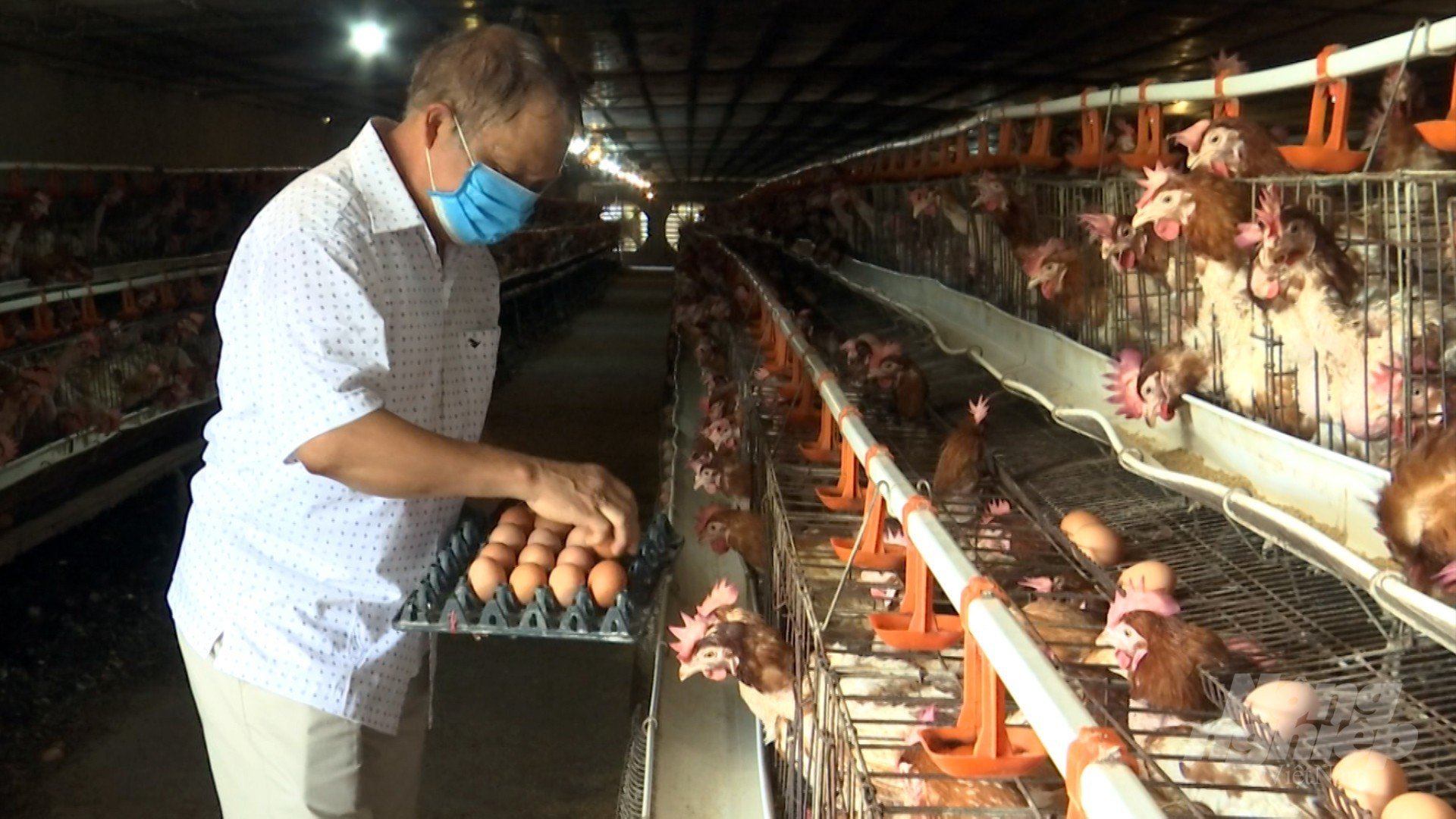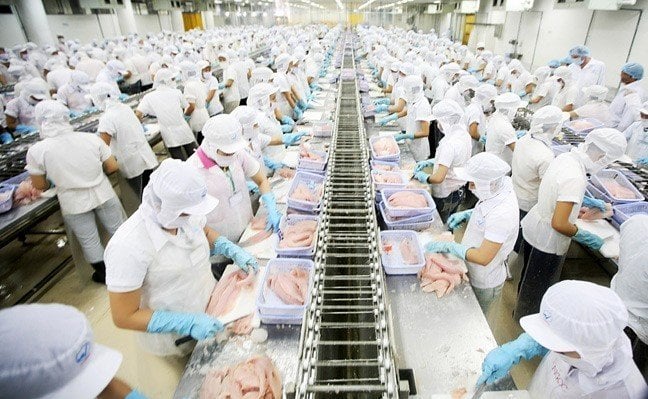November 27, 2025 | 22:23 GMT +7
November 27, 2025 | 22:23 GMT +7
Hotline: 0913.378.918
November 27, 2025 | 22:23 GMT +7
Hotline: 0913.378.918

Increased livestock production is expected to increase demand for most imported protein powders in Southeast Asia. Photo: VAN.
Demand for animal feed is driven by two factors: the number of animals on the farm and the amount of feed used per animal. In the forecast period, herd expansion and continued livestock intensification will increase feed demand in most regions of the world.
Low and middle-income countries expect the increase to be largely driven by moderate to strong growth in feed consumption over the next decade, matching or outpacing livestock production growth, as these countries transition to more commercialized and feed-intensive livestock systems.
Particularly in Southeast Asia, increased livestock production is expected to increase demand for most imported protein powders. In contrast, demand growth in countries like China is expected to slow down significantly because of improved feed efficiency combined with efforts to achieve a lower percentage of protein powder in feed rations.
In high-income countries, higher production efficiency leads to herd reduction, especially in dairy farming, which means consumption of both protein powder and cereals is expected to experience a slow increase as improvements in animal genetics, feed technology and herd management will continue to produce significant efficiency gains in livestock production and dairy farming.
One thing to note is that in the European Union, the world's second largest user of protein powder, consumption is expected to decline as a result of slow production growth and an increasing trend of using other sources of protein in aminal feed production.
Forecasts of the production of crops, livestock, and fisheries products consider the underlying drivers of production, namely crop yields, crop intensity, and agricultural land use in cultivation, the number of livestock and the output of the herd in animal husbandry.

Seafood is forecast to increase by 1.1%/year, at a slower rate than in previous years. Photo: VAN.
In the period 2023 -2032, global production (in fixed prices) of crops, livestock and fishery products is expected to grow 1.1%/year, at a slower rate considering the past ten-year period. The decelerating growth drivers consist of producers’ weakening of the total expected profit from both sales and expenses. Proceeds from sales may not follow a sustainable uptrend as world prices tend to be flat or slightly down in real terms, not to mention slower population growth.
Input costs are expected to increase due to the relationship between energy and fertilizer prices and the tightening of environmental regulations.
Low and middle-income countries, including China, India and other Asian countries, will continue to promote growth. By 2032, Asia as a whole is expected to account for more than half of global crop production, nearly half of livestock production, and nearly three-quarters of fishery production.
Production in Sub-Saharan Africa, the Near East and North Africa is expected to increase significantly, albeit from a low base. In these regions, most agricultural output comes from farming, but higher-value livestock production is expected to grow more rapidly over the next decade to accommodate rapid population growth and the urbanization process.
Crop production growth in Sub-Saharan Africa will be underpinned by a combination of area expansion, changes in crop composition and increased yields. Milk will be the main driving force for livestock production.
In the Near East and North Africa, growth in crop production has largely been driven by productivity gains as the region is facing severe constraints on the supply of arable land and water. Poultry will contribute the most to the increase in livestock production.
Europe and Central Asia are expected to be the regions with the slowest production growth, mainly in Central Asia and Eastern Europe. Growth will mainly stem from productivity gains. In the long term, the decline in agricultural land use is expected to continue, but tighter regulations regarding environmental sustainability and animal welfare will cause downward pressure on productivity improvement.
Production growth in North America is expected to be limited. Crop production is expected to grow faster than livestock production, reversing the trend of the previous period.
In Latin America and the Caribbean, production growth is expected to slow down compared to the last ten-year period, with crop production being the main driving force. The region's land abundance contributes to strong crop production growth, stemming from a combination of crop expansion and intensification. Despite having slower growth in livestock production, this region will continue to be a major contributor to global crop production.
Translated by Samuel Pham

(VAN) According to Mr. Vo Minh Thanh, Director of the Tay Ninh Department of Agriculture and Environment, Resolution 57 has created a new development pathway for the locality, shifting from traditional toward modern agriculture.
/2025/11/26/4909-2-154329_878.jpg)
(VAN) Pearl grouper farming in HDPE cages not only delivers economic efficiency but also contributes to protecting the environment, creating jobs, and promoting marine-based experiential tourism.

(VAN) The model of making a living under the forest canopy through the agroforestry system in Van Son commune, Bac Ninh province, is expected to generate an annual income of approximately VND 30 million/ha.

(VAN) Many enterprises in Can Tho are harnessing natural energy and reducing greenhouse gas emissions in their production processes, thereby contributing to the promotion of a sustainable green transition.
/2025/11/24/3536-2-112800_176.jpg)
(VAN) Dong Nai now has tens of thousands of hectares of forests certified for sustainable management, and this area will continue to be expanded in the coming period.

(VAN) Vinh Ha hamlet (Dai Xuyen commune, Hanoi) is shifting away from small-scale farming as households adopt bioscurity into their breeder chicken models.

(VAN) Heavy rains make aquatic species more vulnerable to disease. Proactive water management and high-tech systems help farmers prevent outbreaks and protect yields.